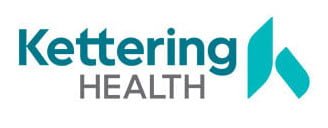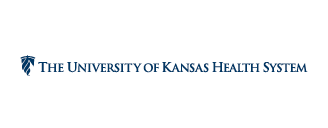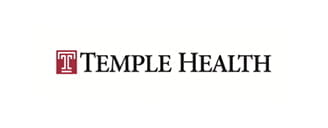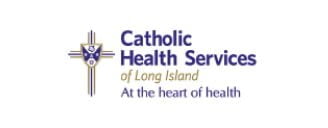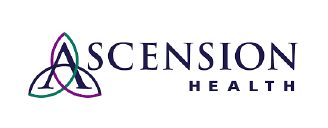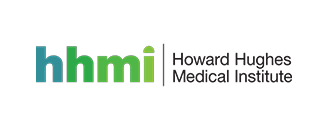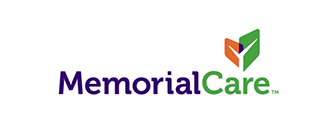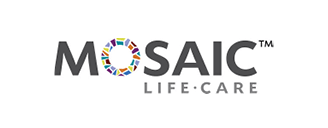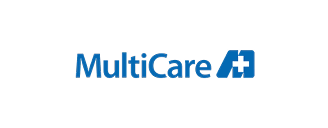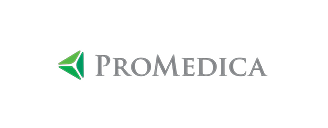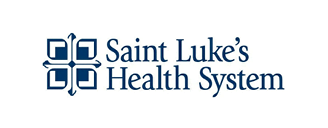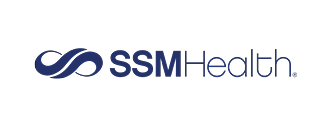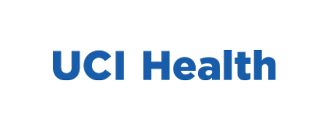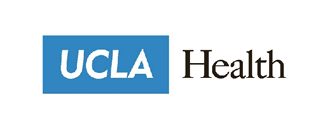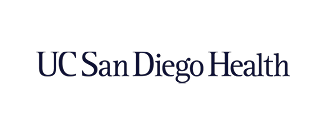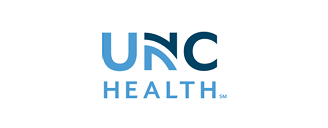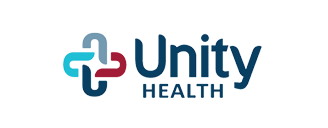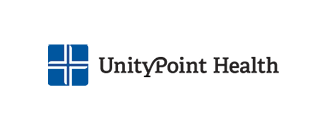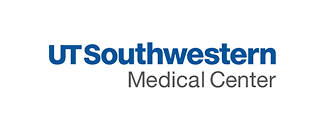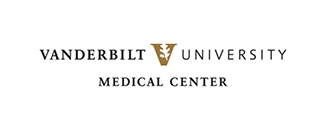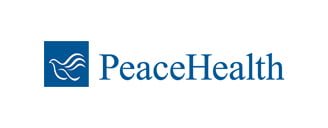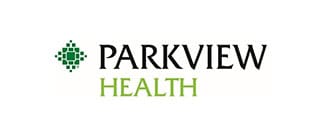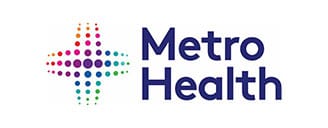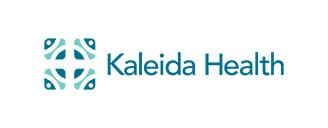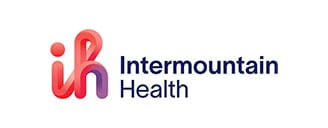It’s a well-known fact in the healthcare industry:
Lack of visibility into the supply chain causes a serious loss of productivity and a threat to high-quality care.
It’s a problem at the best of times, but the advent of COVID-19 shed light on visibility issues in a whole new way. The pandemic revealed several critical vulnerabilities throughout medical device and pharmaceutical supply chains, including demand surges for critical supplies, secondary product shortages, and transportation network breakdowns. Worse? These fractures occurred with little to no transparency and visibility between manufacturers and providers. And because ramping up elective procedures is now critical to the financial well-being of every health system in the US, it is more critical than ever to understand what can be done to improve visibility and build a more resilient supply chain in the future.
Survey approach
Recognizing an opportunity to use this critical time to better understand how COVID-19 has dramatically changed the way the industry operates, VPL commissioned a supply chain visibility survey into the effects of visibility (or lack thereof) in the healthcare supply chain. The results were stunning: 83% of the 192 respondents stated they believed it is important to know date, time and location of PPI deliveries yet half of these say they rarely, or never, have this information.
We learned:
- 74% of clinicians are spending time tracking the status of PPI orders, and half of these are investing four hours or more per week doing so
- 76% of all respondents don’t know if product will arrive in time for a scheduled procedure
- 84% of all respondents have seen procedures delayed due to backorders in the past 12 months
We know that by providing greater visibility into the healthcare supply chain, we can mitigate and, in many cases, eliminate these situations.
So, what do we do with this information?
We are currently working on a healthcare supply chain visibility software solution. Stay tuned for news to come soon!
